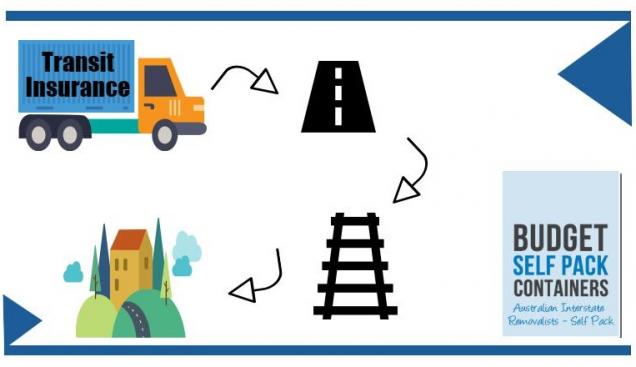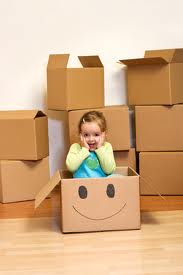
The experts guide to loading a shipping container when moving
By Budget Self Pack Containers|May 20, 2016
More and more people are using shipping containers to move house or store their belongings while they are building or renting. The self pack removals system is great is many respects, primarily for saving money (they can be up to half the cost of a full service removalist) but also because of their flexibility. Some people worry that they don't know how to load a shipping container themselves. You can certainly hire someone to do this part for you if you are unable to do the task but if you want to save even more money, a DIY load is the way to go and if you're prepared, it's relatively simple to do.
www.budgetselfpackcontainers.com.au/Page/blog
Happy packing!
- It is important is a self pack move (or any move) that you are not transporting things you no longer use or need so decluttering is a great way to keep a check on what you need to move. Having a garage sale is a great way to make a little extra cash while getting rid of junk at the same time.
- Have a plan - walk through your house and inventory the large items. These are usually best tied to the outside walls of the container. Heavy items need to be loaded in the lower part of the container (ie. it's not a good idea to pack a toolbox on top of a stack of boxes!). Once you have an outline of what needs to go in the container and an approximate loading schedule, it means you're not stuck trying to fit a lounge suite in at the end of the load.
- Don't forget the garage / garden shed items. These are often overlooked and loaded in at the last minute but factoring them in will make loading a lot easier. We also highly reccommend cleaning all of these items, such as tools, lawnmowers, trimmers etc. before loading as they may come into contact with household items.
- Keep an inventory of what you pack. This is useful for insurance purposes (if needed) and also lets you keep track of what you've packed. Labelling boxes is very handy as well, that way it can go directly to the correct room when unloaded.
- Keep a few boxes aside for 'essential items' and load these in the container last. Items such as bedding, towels, basic toiletries and cooking equipment, a few days worth of clothing. That way, you are not under pressure to unload the whole container as soon as it arrives.
- Padlock - it's worth investing in a good quality padlock for the shipping container. Once you have loaded it, you lock it up and keep the key. A shutter padlock (or straight shackle padlock) is a good option as they are resistant to being removed with bolt cutters.
www.budgetselfpackcontainers.com.au/Page/blog
Happy packing!



